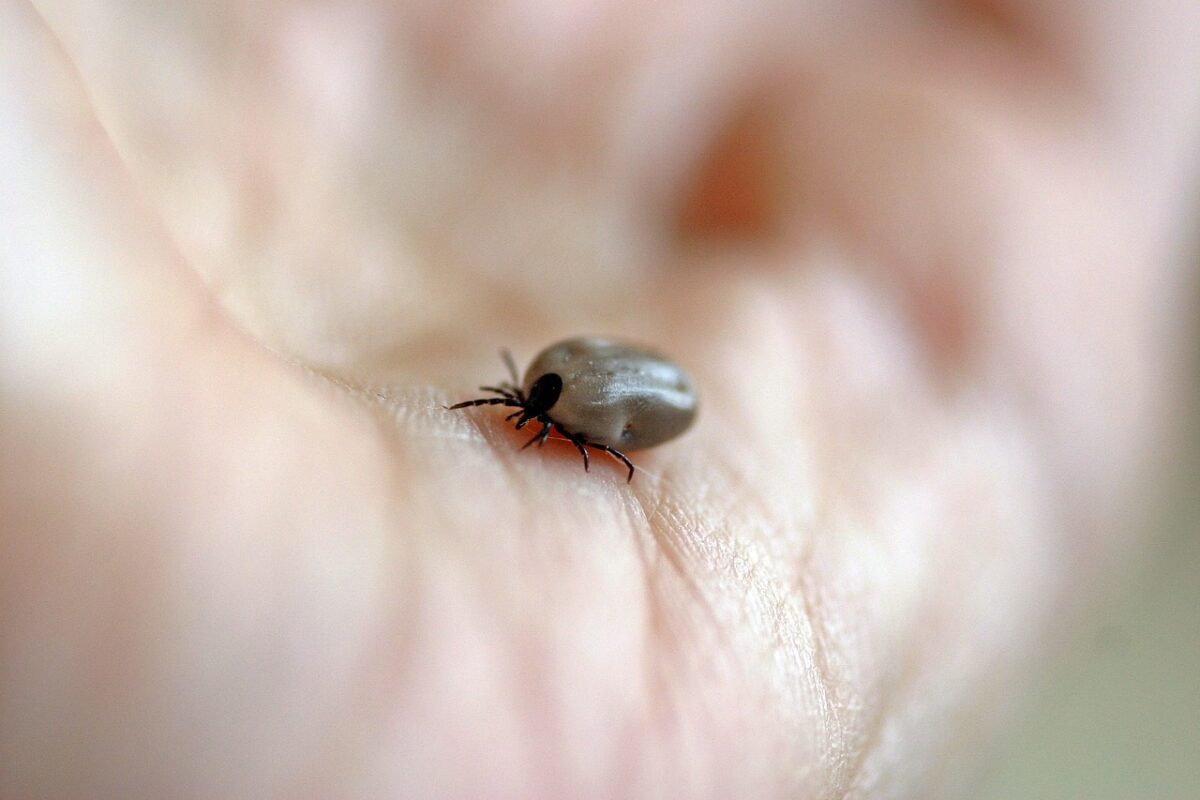Almost every outdoor enthusiast has faced a tick bite once in their lifetime. These tiny creatures might seem insignificant, but they can cause provoking health issues. Lyme disease is one among them that are caused by tick bites. Therefore, it’s essential to know what to do if you find a tick on your skin.
Here’s your ultimate guide on tick removal and prevention of Lyme disease.

Step 1: Remove The Tick
Tick removal is the first step towards your prevention of Lyme disease. To remove the tick safely, you need to have essential tools, such as fine-tipped tweezers or a tick removal tool.
Now, use these tools to grasp the tick as close to the skin’s surface as possible. Pull the tick upward with steady, even, and controlled pressure. Try not to twist the tick or jerk it, as this can cause mouth parts to remain in the skin. If the mouth part remains, use tweezers to remove it.
After removing the tick, clean the area with rubbing alcohol or soap and water.
Step 2: Save The Tick
It might sound strange, but saving the tick can help you to test for diseases and know better about the treatment. So, always save the tick in a clean plastic bag or a small container with a lid. Write the date when you were bitten and where the tick most likely bit you on the container so you don’t forget later.

Step 3: Monitor Your Symptoms
After tick removal, it’s important to monitor symptoms and seek medical attention if necessary. Lyme disease can present with nonspecific symptoms like fever, headache, muscle aches, fatigue, and a circular, reddish skin rash. Symptoms of some other tick-borne diseases may not show up for weeks or months.
If symptoms appear, seek medical attention immediately. Remember to tell your healthcare provider that you have been bitten by a tick and when and where the bite occurred. The more details you can provide, the easier it is for your doctor to determine if you need further testing or treatment.
Step 4: Prevention Of Lyme Disease
The best way to prevent Lyme disease is to avoid being bitten by ticks. Wear light-colored clothing, so it’s easier to spot a tick on you. Tuck your pants into socks and your shirt into your pants, so ticks can’t easily access your skin. Use insect repellent when outdoors in areas where ticks are more likely to reside (wooded areas and tall grass).
DEET is an effective insect repellent however there are some potential hazards with excessive use such as: Skin irritation, allergic reaction, eye irritation, and neurological effects. Here is a list of DEET free insect repellents that work against ticks:
-
Lemon Eucalyptus Oil: A natural repellent derived from the lemon eucalyptus tree, it is effective against mosquitoes and ticks.
-
Picaridin: A synthetic repellent that resembles the natural compound piperine found in black pepper plants, it is effective against various insects and ticks.
-
Geraniol: A natural alcohol found in many essential oils like geranium, citronella, and lemongrass, it repels mosquitoes, ticks, and other insects.
-
Neem Oil: Extracted from the neem tree, it provides protection against various insects, including mosquitoes, but may be less effective against ticks.
-
Cedarwood Oil: An essential oil derived from cedar trees, it is effective against mosquitoes, ticks, and other insects.
After coming inside from areas where ticks may be present (like grassy fields or wooded areas), take a shower to wash off any unattached ticks or use a lint roller on your clothing.

Step 5: Check Yourself And Your Pets For Ticks
Always check yourself, your kids, and your pets after being outside, especially in grassy and wooded areas. Pay special attention to hard-to-see spots like scalp, armpits, groin, and behind knees. Use a mirror for those hard-to-see areas, or ask a loved one to help.
Conclusion:
Tick bites can seem like a minor concern, but they can cause major health issues, such as Lyme disease. Knowing the right steps to take when bitten is essential to prevent long-term consequences. Remember to remove the tick correctly with tweezers, seek medical attention if necessary, and prevent tick bites by using insect repellent, checking for ticks, and practicing caution in tick-infested areas. Stay safe and enjoy the great outdoors!



